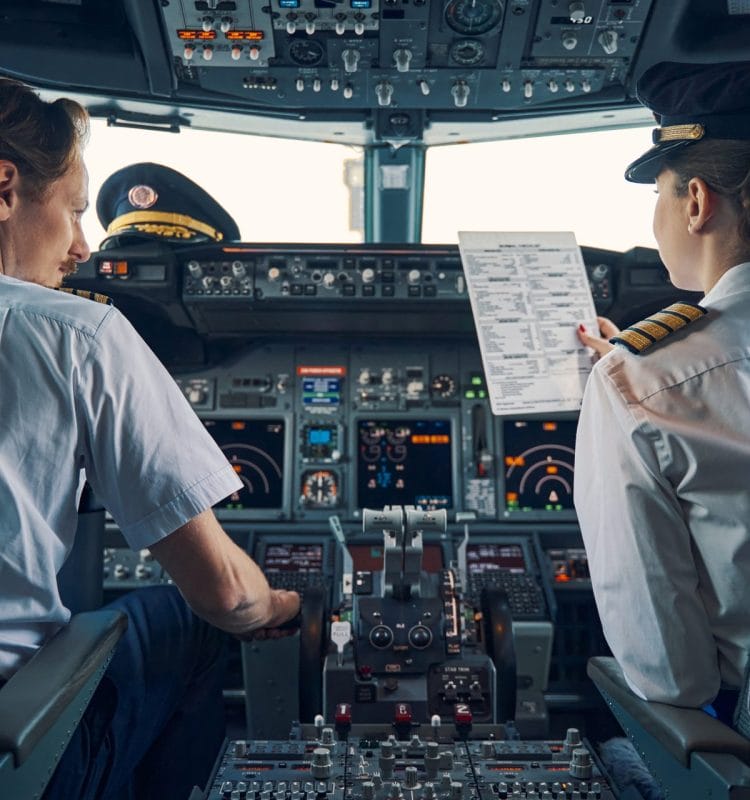EN


The aviation industry is on the brink of a transformative era as cutting-edge technologies, including biosensors and eye tracking tools, make their way from research pipelines to the operational realm. In the final segment of the iMotions podcast interview, Nam Nguyen, a representative from iMotions, provides a glimpse into the timeline and potential steps for the integration of these technologies into operational pilot training.
Nam notes that the transition from research to operational training is already underway across various industries. Organizations are integrating iMotions’ bioseonsor systems into their research pipelines to establish norms and operative databases. The goal is to create products that can seamlessly assess a pilot’s performance within expected parameters of attention, vigilance, and other critical areas. Nam anticipates that these technologies will soon find their way into the cockpit, potentially appearing in training scenarios and operational systems within the next few years.
In clarifying the role of iMotions tools in aviation research, Nam emphasizes their function as research enablers. These tools simplify the data collection process, making it a single-button press for industry personnel. By lowering the barriers of entry and reducing the complexity of biometric data collection, iMotions empowers researchers and aviation professionals to advance their understanding of pilot training and human-machine interaction.
Nam concludes the interview by envisioning a future where biosensors and eye tracking technologies play a pivotal role in optimizing flight training programs and enhancing operational efficiency. The evolving landscape of flight operations, with increasing automation and smarter technologies, necessitates a focus on the human in the loop. iMotions’ tools and technologies are poised to contribute significantly to the optimization of pilot training and the development of systems that monitor and interact with individuals in real-time.
In the future, these technologies may be instrumental in ensuring a seamless collaboration between humans and machines. By monitoring pilot states and responses, these tools can enhance overall safety and efficiency, creating a more integrated and harmonious relationship between man and machine in the aviation industry.
As we look ahead, the skies appear clear, with the promise of a future where biosensors and eye tracking technologies play a central role in shaping the next generation of aviation training and operations.
Interested in eye tracking for pilot training? Download our Comprehensive Guide to Eye Tracking Technology for the Aviation Industry here, or contact us today to schedule a demo!

